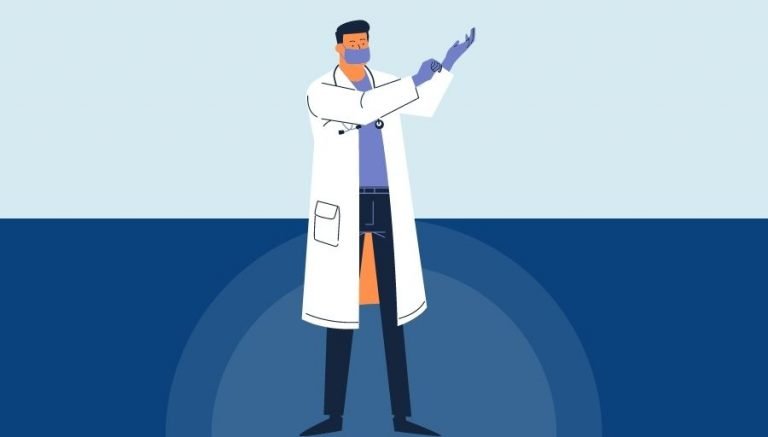ICD 10 CM C82.55 | Description & Clinical Information
ICD 10 C82.55 describes a type of follicular lymphoma known as diffuse follicle center lymphoma (DFCL) that affects the lymph nodes of the inguinal region and lower limb, characterized by malignant cells that are scattered diffusely throughout the lymph node rather than being clumped into identifiable nodules or follicles, and may potentially progress to a more aggressive form of follicular lymphoma.
Official Description Of C82.55
The ICD 10 CM book defines ICD 10 code C82.55 as:
Includes: follicular lymphoma with or without diffuse areas
Excludes1: mature T/NK-cell lymphomas (C84.-)
personal history of non-Hodgkin lymphoma (Z85.72)
When To Use C82.55
The diagnosis describes by ICD 10 CM C82.55 pertains to patients who have been identified with diffuse large B-cell lymphoma (DFCL) that affects the lymph nodes in the inguinal area and lower limbs. This type of cancer can present itself with painless and enlarged lymph nodes, particularly in the groin region and lower extremities. Patients may also experience restricted movements, along with other systemic symptoms such as poor appetite, weight loss, fever, general ill feeling, and night sweats. As the disease progresses, patients may demonstrate abnormal blood test results, showing lowered levels of white blood cells and thrombocytes, both of which are essential for fighting infection and clotting, respectively. Furthermore, lymphocyte levels may increase as well.
When compared to patients with follicular lymphoma (FL), those with DFCL exhibit a more comprehensive range of systemic symptoms, such as weight loss and malaise, which impact the entire body. This distinction may stem from the more frequent occurrence of localized involvement outside of the lymphatic system that occurs in diffuse lymphomas as opposed to nodular (follicular) lymphomas. Survival rates for patients with DFCL are also less than those with FL.
Healthcare providers typically diagnose DFCL based on signs and symptoms, physical examination, and a patient’s medical history. Diagnostic procedures often include a lymph node biopsy, whereby specimens undergo microscopic analysis, and a complete blood cell count (CBC) to measure cell levels, such as those of leukocytes, thrombocytes, and lymphocytes. Healthcare providers may also recommend blood tests such as LDH, kidney function tests or liver function tests, and imaging studies, such as a CT or PET scan, to determine the extent of malignancy and stage of the disease.
Treatment for patients diagnosed with DFCL depends on the stage and severity of their cancer. If a patient experiences only a few, if any, symptoms, they may not require treatment. For patients who develop symptoms or show signs of progressive disease, a healthcare provider may recommend radiation therapy for localized disease or chemotherapy, which may involve single or multiple agents for more advanced disease. As with all cancer patients, regular follow-up is critical to ensure that healthcare providers detect any signs of recurrence and prescribe the most appropriate treatment regimen.



